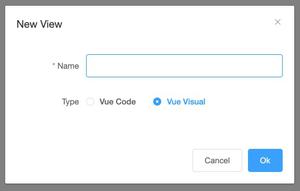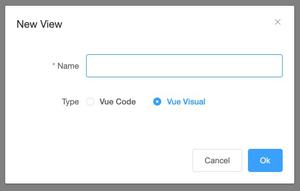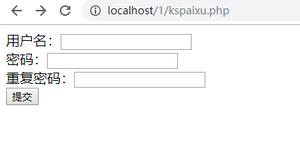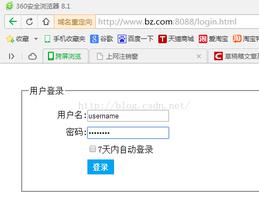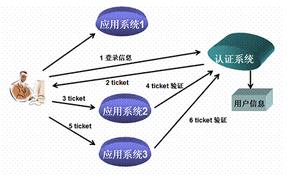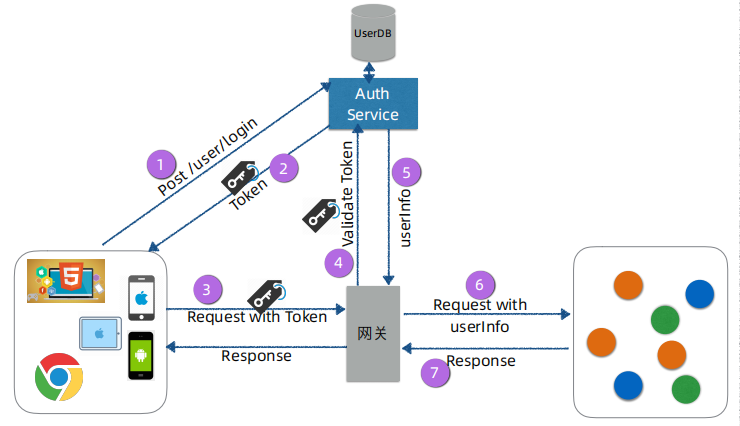如何根据用户登录隐藏某些功能?
我们想基于Tomcat中的用户登录隐藏一些代码功能。我们正在使用基本身份验证。有什么建议么?
回答:
您的意思只是根据 而隐藏一些资源,那么这只是限制对某些页面的访问(请参阅下面的参考资料)。
要基于 的 隐藏某些功能,则解决方案之一就是检查JSP内部的用户角色并相应地输出内容。
原始示例:
sample.jsp
<%@ page language="java" contentType="text/html; charset=UTF-8" pageEncoding="UTF-8"%><%@ taglib prefix="c" uri="http://java.sun.com/jsp/jstl/core"%>
<!DOCTYPE html>
<html>
<head>
<title>Sample Page</title>
<meta http-equiv="Content-Type" content="text/html; charset=UTF-8">
</head>
<body>
<c:choose>
<c:when test="${pageContext.request.isUserInRole('admin')}">
<p>Content for admin.<p>
</c:when>
<c:when test=${pageContext.request.isUserInRole('someRole')}">
<p>Some content here</p>
<c:when>
<c:otherwise>
<p>Another Content</p>
</c:otherwise>
</c:choose>
</body>
</html>
为了能够使用EL调用带有参数的方法,必须使用最低 Servlet版本3 。
从这里引用:https :
//stackoverflow.com/tags/el/info
由于EL 2.2是Servlet 3.0 / JSP 2.2(Tomcat 7,Glassfish 3,JBoss AS
6等)的一部分,因此可以调用非getter方法,如果需要的话可以使用参数。
是在 web.xml中 进行安全配置,或者使用批注(最低Java EE
5),或者创建自己的 来检查用户的角色。请求。
要创建自己的 Filter ,请创建一个实现
接口的类,并在
方法中使用HttpServletRequest方法
检查发出请求的用户的角色。
这是实现自定义 Filter 的简单示例:
RoleCheckFilter.java
package com.example.filter;import java.io.IOException;
import javax.servlet.Filter;
import javax.servlet.FilterChain;
import javax.servlet.FilterConfig;
import javax.servlet.ServletException;
import javax.servlet.ServletRequest;
import javax.servlet.ServletResponse;
import javax.servlet.http.HttpServletRequest;
import javax.servlet.http.HttpServletResponse;
/**
* Servlet Filter implementation class RoleCheckFilter.
* Its purpose is to check logged-in user's role and
* and accordingly allow or prevent access to the web resources.
*/
public class RoleCheckFilter implements Filter {
/**
* @see Filter#init(FilterConfig)
*/
public void init(FilterConfig filterConfig) throws ServletException {}
/**
* @see Filter#doFilter(ServletRequest, ServletResponse, FilterChain)
*/
public void doFilter(ServletRequest req, ServletResponse res, FilterChain chain)
throws IOException, ServletException {
HttpServletRequest request = (HttpServletRequest) req;
HttpServletResponse response = (HttpServletResponse) res;
if (request.isUserInRole("admin")) {
// user have the appropriate rights, allow the request
chain.doFilter(request, response);
} else {
// user does not have the appropriate rights, do something about it
request.setAttribute("error", "You don't have enough rights to access this resource");
response.sendRedirect(request.getContextPath() + "/login.jsp");
// or you could forward a user request somewhere
}
}
/**
* @see Filter#destroy()
*/
public void destroy() {}
}
在 web.xml中 添加适当的过滤器配置:
<?xml version="1.0" encoding="UTF-8"?><web-app xmlns:xsi="http://www.w3.org/2001/XMLSchema-instance"
xmlns="http://java.sun.com/xml/ns/javaee"
xmlns:web="http://java.sun.com/xml/ns/javaee/web-app_3_0.xsd"
xsi:schemaLocation="http://java.sun.com/xml/ns/javaee http://java.sun.com/xml/ns/javaee/web-app_3_0.xsd"
version="3.0">
...
<filter>
<filter-name>Role Check Filter</filter-name>
<filter-class>com.example.filter.RoleCheckFilter</filter-class>
</filter>
<filter-mapping>
<filter-name>Role Check Filter</filter-name>
<url-pattern>/admin/*</url-pattern>
</filter-mapping>
...
</web-app>
当然, ,考虑到您使用 基本身份验证 的事实,在 web.xml ( )中进行安全性配置或使用
要容易得多。
引用官方Java EE文档中的内容:
可以通过以下方式为Web应用程序实现Java EE安全服务:
(或简称为注释)用于指定有关类文件内安全性的信息。部署应用程序时,此信息可以由应用程序部署描述符使用或覆盖。
表示应用程序的安全性结构,包括部署描述符中的安全性角色,访问控制和身份验证要求,该描述符在应用程序外部。
在部署描述符中显式指定的任何值都将覆盖在注释中指定的任何值。
嵌入在应用程序中,用于制定安全性决策。当仅声明性安全不足以表示应用程序的安全模型时,程序安全性将很有用。
查看与保护Java EE应用程序有关的官方Java EE文档(在这种情况下,请注意 部分):
还可以从官方文档中查看示例:
以上是 如何根据用户登录隐藏某些功能? 的全部内容, 来源链接: utcz.com/qa/399555.html

